Vietnam is home to some of the busiest and most strategic sea ports in Southeast Asia. With a coastline stretching over 3,000 kilometers, the country has become an essential hub for trade, connecting the East and West. These ports play a vital role in handling cargo, facilitating exports and imports, and supporting the global supply chain. Whether you’re involved in business or just curious about the economic importance of Vietnam’s ports, it’s clear that they’re a key part of the country’s growth.
In this article, you’ll get an overview of the top 10 sea ports in Vietnam, each one contributing significantly to the nation’s maritime industry. So, let’s dive in and explore what makes these ports stand out!
List of 10 Best Sea Ports in Vietnam
Knowing about the key logistics hubs across Asia can help streamline your shipping strategy. Vietnam, with its growing importance in global trade, is home to several major seaports that serve as critical links in international shipping routes. Here’s a list of the top 10 seaports in Vietnam that you should know about.
- Port of Hai Phong
Located in the northeastern part of Vietnam, the Port of Hai Phong is situated along the coast of the Gulf of Tonkin. It serves as the main gateway for trade in the northern region of the country. The port is strategically positioned close to major industrial zones and is easily accessible to the international shipping routes.
As the largest and busiest port in northern Vietnam, Hai Phong is crucial for the region’s economic growth. It supports various industries like manufacturing, textiles, and electronics, driving the local and national economy. It also acts as a primary export hub for goods like machinery, electronics, and textiles.
Types of Goods Handled:
The port handles a wide range of goods including bulk cargo, containers, machinery, textiles, and electronics. It has a diverse capacity, ensuring efficient handling of various commodities.
- Port Code: VNHPH
- Vessel Accommodation: Vessels with a deadweight tonnage (DWT) of up to 30,000-40,000 tons
- Cargo Throughput: 8.5 to 12 million tons per year
- Container Handling: 500,000 TEUs annually
- Port of Ho Chi Minh City (Saigon Port)
Situated in the southern part of Vietnam, Saigon Port (Port of Ho Chi Minh City) is the busiest and most significant port in the country. It serves as the principal gateway for trade, connecting Vietnam to global markets. The port plays a key role in supporting southern Vietnam’s rapidly growing economy, which is dominated by manufacturing, electronics, and industrial exports.
Saigon Port is equipped with state-of-the-art facilities to accommodate large vessels. It boasts 21 berths with a combined length of 2,969 meters. The port also has an advanced container handling system, making it a vital part of Vietnam’s logistics network. It can handle vessels up to 80,000 DWT, which allows for the efficient movement of large cargo volumes.
Primary Services and Goods Processed:
The port handles a wide variety of goods, including consumer goods, electronics, textiles, and industrial equipment. It also serves as a critical point for exports such as footwear, garments, and machinery.
Cargo Annual Throughput and Container Handling Capacity
- Container Throughput (2021): 8.9 million TEUs
- Berths: 21 berths, total berth length: 2,969 meters
- Vessel Accommodation: Up to 80,000 DWT
- Primary Goods: Consumer goods, electronics, textiles, industrial equipment
- Port of Da Nang
The Port of Da Nang is strategically located in Central Vietnam, with natural deep-water harbors that provide easy access to large vessels. Its location along the central coastline makes it an ideal port for connecting to both northern and southern parts of the country, offering efficient trade routes.
As the leading port in Central Vietnam, Da Nang plays an important role in connecting the region to international markets. It supports local industries, including seafood, textiles, and agricultural products, while also contributing to tourism with the steady flow of cruise ships.
Key Commodities Exported and Imported
Da Nang mainly handles the export of seafood, textiles, agricultural products, and machinery, while it imports raw materials and consumer goods. Its facilities are well-equipped to handle these goods efficiently.
Cargo Annual Throughput and Container Handling Capacity
- Berths: 1,200 meters of berths
- Vessel Accommodation: Up to 70,000 DWT
- Container Capacity: Accommodates container ships up to 4,000 TEUs
- Security: ISPS compliant
- Key Commodities: Seafood, textiles, agricultural products, machinery
- Port of Quy Nhon
Located in central Vietnam, the Port of Quy Nhon is strategically positioned along the South China Sea. The port plays a vital role in the economic development of Central Vietnam. It supports a range of industries in the region, including seafood processing, agriculture, and manufacturing. The port’s efficient facilities contribute to the growth of local businesses, driving the regional economy and facilitating exports to global markets.
Core Imports and Exports
The port primarily handles the export of seafood, agricultural products, and textiles, along with other industrial goods. It also imports raw materials and consumer goods to support the region’s industries.
Cargo Annual Throughput and Container Handling Capacity
- Cargo Throughput (2022): 8 million tonnes (7% increase from the previous year)
- Container Handling Capacity: 100,000 TEUs
- Berths: 5 berths, lengths ranging from 170 meters to 480 meters
- Vessel Accommodation: Up to 30,000 DWT, and larger vessels (up to 63,550 DWT) with reduced loads
- Key Commodities: Seafood, agricultural products, textiles, raw materials, consumer goods
- Port of Cai Mep – Thi Vai
The Cai Mep – Thi Vai Port, located in Ba Ria – Vung Tau, is a significant deep-water port complex that officially commenced operations in January 2011. The port features two main terminals: the Cai Mep International Container Terminal and the Thi Vai General Cargo Terminal, which together span over 14 kilometers in total length.
Modern facilities at the port include:
- Quay Cranes: Three quay cranes, each 890 meters long.
- Bulk Berths: Three bulk berths, each 270 meters long.
- Container Yard: A 55-hectare container yard with a capacity of nearly 51,500 TEUs.
- Cranes and Equipment: Ten STS shore cranes, 22 yard cranes, and specialized cranes for bulk handling.
- Vessel Accommodation: The port can accommodate vessels with a tonnage of up to 250,000 DWT (approximately 24,000 TEUs), making it suitable for the latest generation of mega-container ships.
Influence on Vietnam’s International Shipping Routes
Cai Mep – Thi Vai plays a pivotal role in enhancing Vietnam’s position in global maritime trade. The port has established direct shipping routes to major markets in Europe and the Americas, facilitating faster transit times for cargo. Currently, it operates approximately 35 sea routes, including 21 to the Americas and five to Europe.
Cargo Annual Throughput and Container Handling Capacity
The Cai Mep – Thi Vai port complex has an impressive annual throughput capacity:
- Total Cargo Capacity: Approximately 117.8 million tons per year across all operational ports within the cluster.
- Container Handling Capacity: The port can handle around 6.8 million TEUs annually.
- Port of Vung Tau
Vung Tau Port is strategically located in Bà Rịa–Vũng Tàu province, Vietnam. This port serves as a vital maritime hub in Southeast Asia and is positioned approximately 60 kilometers from Ho Chi Minh City, making it accessible for regional trade and logistic. The port complex includes several key components, such as Cai Mep – Thi Vai Port, which is capable of accommodating vessels up to 200,000 deadweight tons (DWT).
The port is equipped to handle various oil-related activities, including the transportation of equipment and supplies necessary for offshore drilling operations. Additionally, the planned development of new harbors, such as Long Son Port, aims to further facilitate oil refinery operations and improve logistics efficiency for the energy sector.
Cargo Types and Cargo Throughput:
- General Cargo (68.02%)
- Tankers (18.38%)
- Containerized Cargo
- Passenger Ships (0.43%)
Annual cargo throughput capacity: Ranging from 1.6 to 2 million TEUs (Twenty-foot Equivalent Units) per year.
The port’s infrastructure includes fixed, mobile, and floating cranes with varying lift capacities to accommodate different cargo handling needs.
In terms of berth, Vung Tau Port features multiple terminals capable of receiving large vessels, with specific terminals like TCTT/TCIT and CMIT being integral to container transport operations. The maximum vessel length allowed is approximately 400 meters, with a maximum draught of 24.72 meters, accommodating some of the largest ships in operation today.
- Port of Nha Trang
Nha Trang Port is strategically located in Nha Trang Bay, Khanh Hoa Province, Vietnam. This coastal city is renowned for its stunning beaches and vibrant marine life, making it a significant hub for both tourism and maritime activities. The port’s proximity to the city center facilitates easy access for cargo and passenger services, enhancing its operational efficiency.
The port features several berths capable of accommodating various vessel types, including container ships, bulk carriers, and passenger cruise liners. The water depth at the berths typically allows for vessels with a draft of up to 9 meters, depending on tidal conditions.
Variety of Goods and Services Provided
Nha Trang Port supports a diverse range of services essential for maritime operations:
- Pilotage and Tug Assistance: Pilot services are mandatory for safe navigation into and out of the port, with tugboats available to assist vessels during berthing and unberthing.
- Bunkering Services: The port provides refueling services for ships.
- Provisions and Supplies: Ships can obtain necessary provisions, fresh water, and other supplies.
- Customs and Immigration Facilities: Established procedures are in place to handle customs and immigration for both cargo and passengers efficiently.
- Dung Quat Port
As the country’s national general seaport, it is strategically positioned to facilitate the transportation of goods and materials essential for large-scale industrial projects, particularly in the Dung Quat Economic Zone (DQEZ). This zone is dedicated to heavy industries, including the Dung Quat Oil Refinery and the Hoa Phat Dung Quat Iron and Steel Complex, which are pivotal for the region’s industrial output and economic growth.
Infrastructure
The port’s infrastructure is specifically designed to accommodate large vessels, enhancing its capacity to support significant industrial operations. For instance, Terminal 1 can handle ships up to 70,000 deadweight tons (DWT), making it suitable for transporting heavy machinery and raw materials necessary for construction and manufacturing processes.
Imports and Exports
Dung Quat Port primarily handles imports of raw materials such as:
- Iron ore
- Coal
- Crude oil
For exports, the port facilitates the shipment of finished products from the DQEZ, including:
- Steel
- Processed oil products.
Container Handling Capacity and Berth Details
Dung Quat Port features multiple berths designed to accommodate various types of vessels:
- Terminal 1: Capable of receiving ships up to 70,000 DWT.
- Berth No. 2: Accommodates smaller vessels up to 3,000 DWT.
- Hoa Phat Dung Quat Container General Port: Includes three berths (numbers 6, 7, and 8), with an initial capacity of 2 million tons per year at berth number 6 alone.
- Port of Cam Ranh
Cam Ranh Port, located in Khánh Hòa Province, Vietnam, is a strategically significant facility with both military and commercial uses. Its deep-water capabilities and geographical advantages make it a vital hub in the Indo-Pacific region.
Historically, it has been utilized by various military powers, including the French, Japanese, and Americans, reflecting its long-standing significance in regional security dynamics.
Economic Benefits to Surrounding Areas
The economic impact of Cam Ranh Port extends beyond its military functions. As a major commercial port, it facilitates:
- Trade and logistics for the surrounding regions
- Support economic growth by creating jobs in shipping, logistics, and related services.
- Enhances connectivity for trade and tourism.
Key Trade Activities and Cargo Types
Cam Ranh Port is involved in various trade activities, handling a diverse range of cargo types. Key activities include:
- General Cargo: The port manages general cargo shipments essential for both local industries and international trade.
- Oil Tankers: Facilities at Cam Ranh support oil transportation, crucial for energy supply chains.
- Containerized Cargo: The port has modern container handling capabilities that facilitate efficient loading and unloading processes.
- Port of Can Tho
The Port of Can Tho is strategically situated in the heart of the Mekong Delta, along the southern bank of the Hau River. The port serves as a gateway for various provinces in the Mekong Delta, enhancing connectivity through both inland waterways and overland routes.
Significance to Vietnam’s Agricultural Exports
Can Tho plays a crucial role in Vietnam’s agricultural export sector, particularly in rice production. The Port of Can Tho facilitates the export of agricultural goods, including rice, fruits, and seafood, to both domestic and international markets.
Infrastructure Developments and Future Plans
Recent infrastructure developments at Can Tho Port have focused on enhancing its capacity and efficiency. The port currently has multiple berths capable of accommodating vessels with a deadweight tonnage (DWT) ranging from 2,500 to 20,000 tons. Specifically, it features:
- Hoang Dieu Port: Handles up to 40,000 tons with three large warehouses.
- Tra Noc Port: Accommodates larger vessels (10,000 – 20,000 DWT) with an annual throughput of approximately 4.2 million tons.
- Cai Cui Port: Supports regional import and export activities.
Future plans include expanding berth capacity and improving logistical connections to enhance cargo handling efficiency and accommodate increasing trade volumes. Projections indicate that cargo throughput could reach around 500,000 tons annually as infrastructure improvements continue.
Conclusion
In conclusion, Vietnam’s key ports Hai Phong, Ho Chi Minh City, Da Nang, Quy Nhon and others play crucial roles in driving the nation’s economic growth. By handling diverse goods and facilitating both exports and imports, these ports are essential to Vietnam’s integration into the global supply chain.
Investments in infrastructure and modernization are set to enhance their capacity, efficiency, and competitiveness, ensuring that these vital hubs continue to support the country’s economic development in the years ahead.
As Vietnam’s ports continue to play a pivotal role in global trade, businesses looking to streamline their logistics processes can benefit from the expertise of Intoglo, a trusted cross-border logistics provider.
For seamless logistics solutions from India to the USA, Intoglo provides comprehensive cross-border door-to-door FCL shipping services. As a leading logistics provider, Intoglo offers a range of features to streamline your shipping process:
- Origin Pickup, Origin CFS, and Customs Clearance
- Destination CFS and Customs Clearance
- Last Mile Delivery in the USA
- Own CFS Space at Major Ports
- Direct Trucking Network in the USA
- Next-Gen Warehousing
- Dedicated CHAs at All Major Ports
- Internal Filing of AMS/ISF
- In-House Compliance Team
- Express Clearance Facilities and Cargo Consolidation
Choose Intoglo for reliable, efficient, and tailored logistics services that ensure your shipments arrive smoothly and on time. Get in touch with the experts.


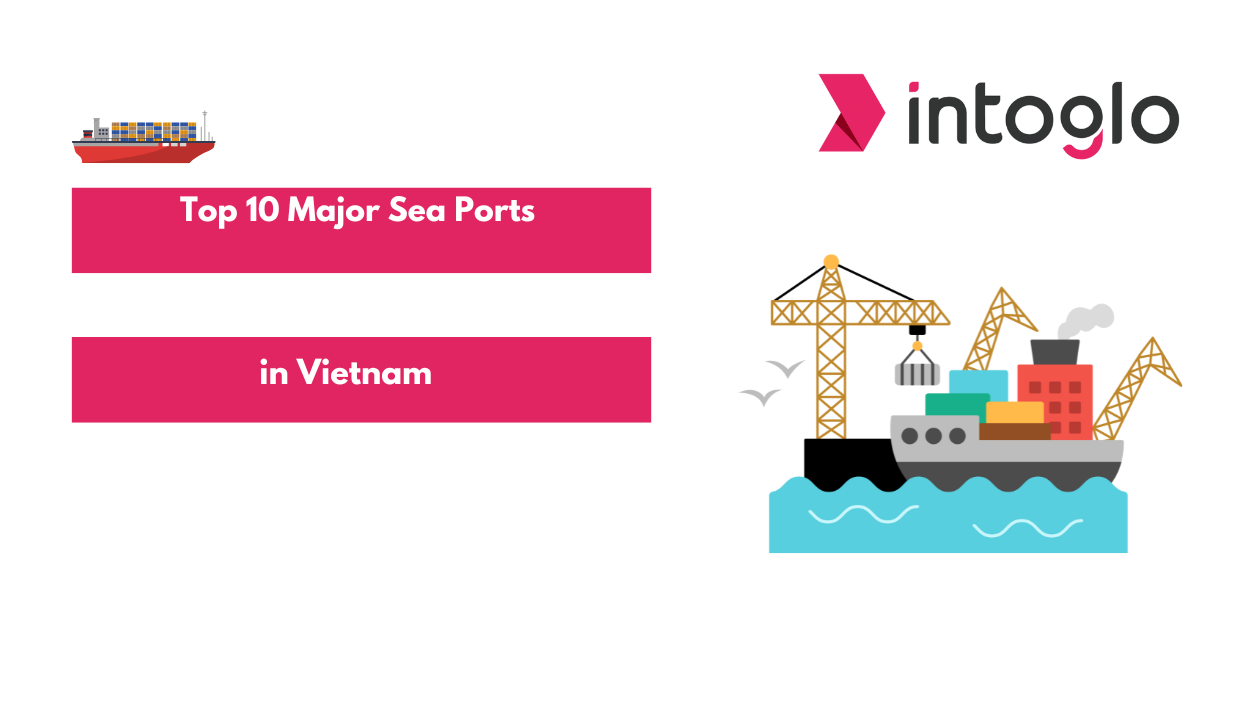


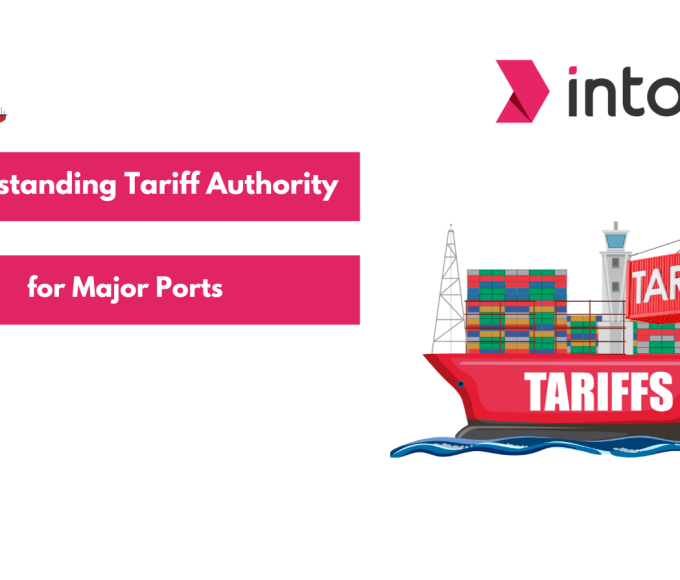
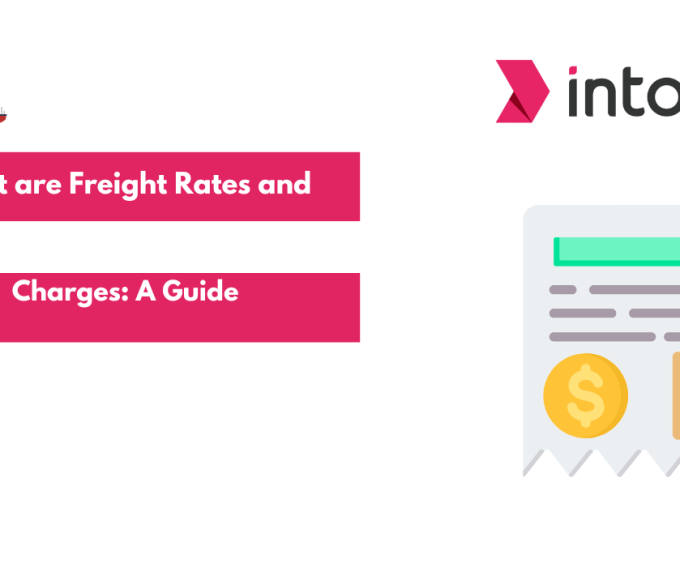
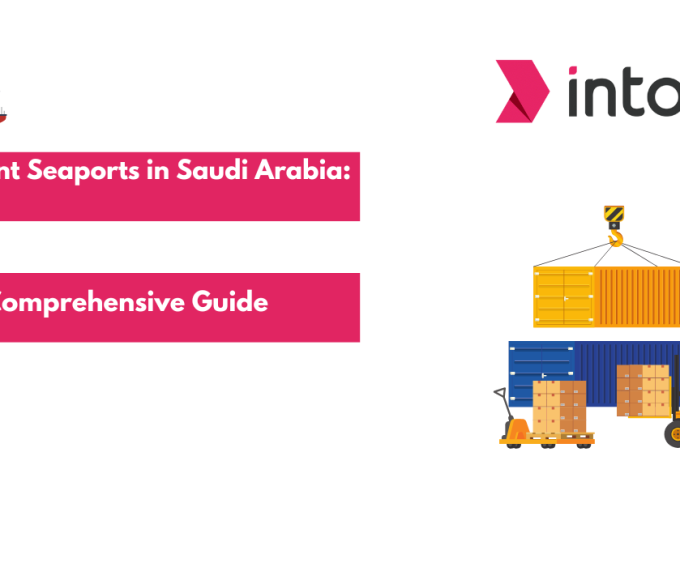
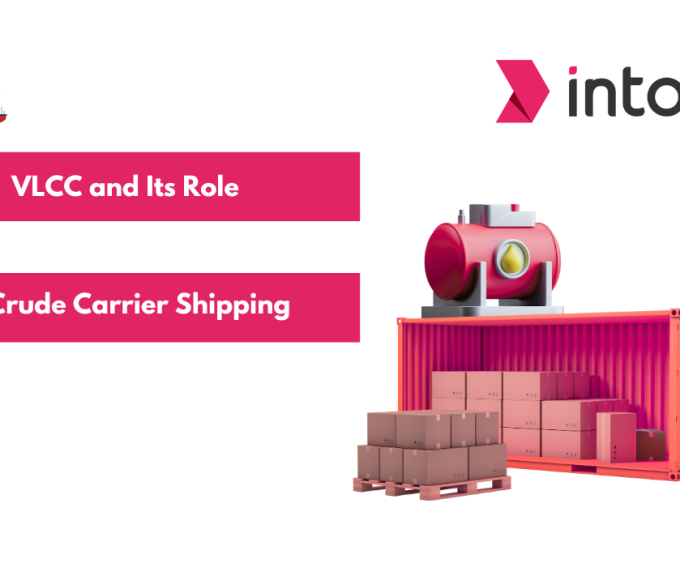
Leave a comment